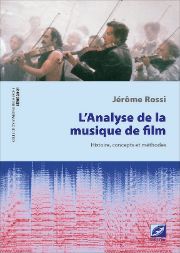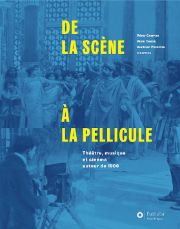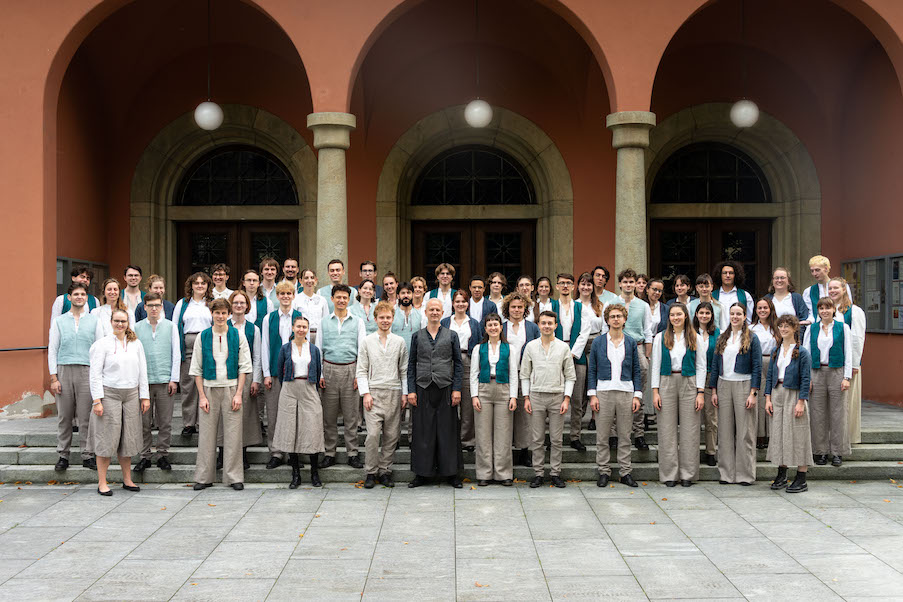Music and cinema
Analysis of film music, sound accompaniment in the early days of cinema: the relationship between music and the seventh art has recently been the subject of two books.
Jérôme Rossi has been specializing in the study of film music for some fifteen years, and is the author of numerous scores for cinema and television. He presents a vast panorama of the possibilities of musico-filmic analysis, including the principal methods employed in this field by musicology and musical semiology. The approach is taken at different levels: audience perception and associations of ideas, the narrative role of music, its interaction with other sound sources (voices, noises) or set design, and so on. Countless aspects are addressed, from the reasons for the presence or absence of music to the dramatic impact of a discrepancy between music and image, from terminological questions to the use of pre-existing works. Musicians may be particularly interested in the description of formal (micro- and macro-)structuring procedures, the management of tension and relaxation, the organization of musical parameters and their contextual significance, or the use of leitmotifs. Based on an extensive selection of some 550 films, this imposing new work by Symétrie, part of the 20-21 series devoted to the music of the last 100 years, will delight film lovers who wish to gain a clearer understanding of the functions of music in relation to image.
In the early days of cinematography, many productions were immediately inspired by theatrical art, in terms of the actors' gestures and mimicry, the sets and costumes, and the subjects filmed. As film sound technology did not exist at the time, musical accompaniment, when it did exist, was performed live. Founded in 1908, Le Film d'art shot historical and theatrical scenes, and commissioned the first compositions written expressly for films (including Saint-Saëns for The Assassination of the Duc de Guise), which often resembled traditional incidental music and had nothing in common with the scores that would be created in the era of sound cinema. Published by Editions l'Œil d'Or, this collection of studies on the links between theater, music and cinema in pre-First World War France also includes a number of documents (filmography of the Film d'Art, including a number of synopses, correspondence from its director, an unpublished script by Mounet-Sully, etc.). The lavishly illustrated book comes with two DVDs containing 20 restored films (three with modern versions of the original musical accompaniment).
Jérôme Rossi: L'Analyse de la musique de film, 732 p., € 48.00, Editions Symétrie, Lyon 2021, ISBN 978-2-36485-100-9
De la scène à la pellicule, Théâtre, musique et cinéma autour de 1900, edited by Rémy Campos, Alain Carou, Aurélien Poidevin, 328 p., 2 DVD, € 39.00, Editions l'Œil d'Or, Paris 2021, ISBN 9782490437122










